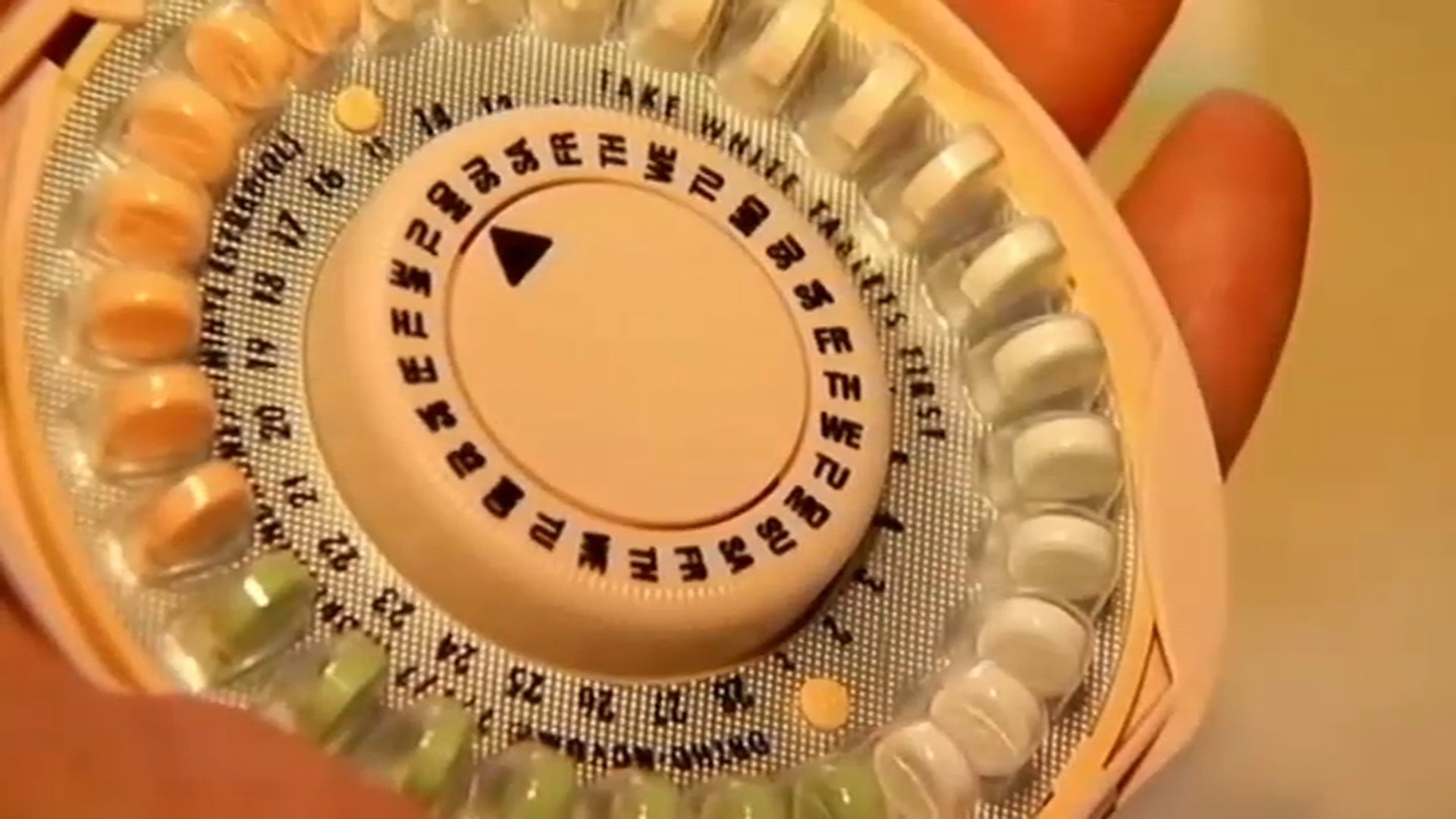Chompers the Shark is a fish out of water at the Smithsonian National Zoo. So is Priscilla the Parrot Fish, and Flash the Blue Marlin, too.
In fact, each of the 17 gargantuan sea creature sculptures along the zoo's Olmstead Walk are made of pieces that just don't belong -- shards of plastic hand-picked by volunteers off shorelines across the country in an effort to raise awareness about the world's plastic pollution problem.
The sculptures, the largest of which is 20 feet long, traverse the country as part of the Washed Ashore: Art to Save the Sea exhibit, now on display at the zoo until September. They serve as a reminder of the harm humans have done to the world's water by leaving behind our sand buckets, rubber tires, bottle caps, water coolers and so much more.
All in all, more than 315 billion pounds of plastic are floating in the ocean today, according to Washed Ashore's website.
But with a team of more than 12,000 volunteers who have collected more than 17 tons of trash from the nation's coasts since the project launched in 2010, the sculptures are also a striking example of how we can all play a role in beautifying the oceans.
"It's terrible that this much trash is in the ocean, but what wonderful scenery it makes," said Emily Lester, 11, who was visiting the zoo from West Virginia and stopped to admire a sculpture of a northern fur seal.
Local
Washington, D.C., Maryland and Virginia local news, events and information
Adults and children alike stopped to gape at the patchwork of plastics that comprise every statue. Every detail -- from eyelids to textured tongues to scaly fins -- is considered in the designs, led by artist Angela Haseltine Pozzi. Volunteers and staff members work together to wash and assemble the plastic sculptures at the organization's headquarters in Bandon, Oregon.
None of the pieces are re-painted or dyed. Every tennis ball, piece of rope, beach shovel, fake goose and so many other scraps of debris are pieced together just how they were found.
"I think they're awesome," said Pamela Montague, who stopped to take pictures of Chompers the Shark during her visit to the zoo from Delaware. "To represent all the trash people leave behind is so creative."
The artwork will be on display at the zoo through Sept. 5. Visitors are also invited to celebrate World Oceans Day at the zoo June 11, with a variety of activities such as crafts and demonstrations.



